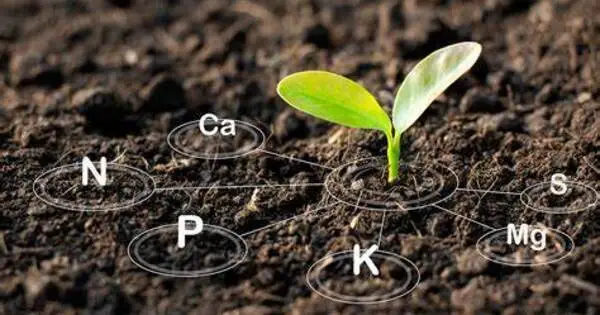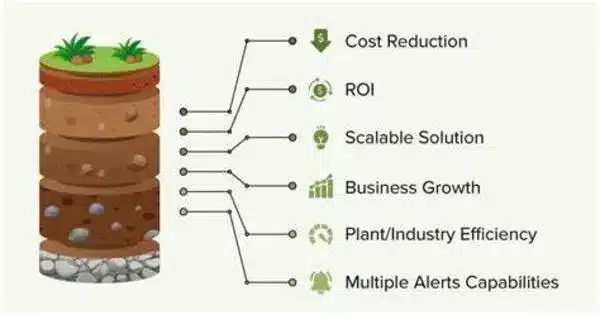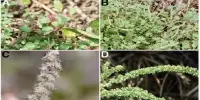When barley seedlings’ root systems are electrically stimulated using a new cultivation substrate, they grow 50% faster on average. Linköping University researchers developed an electrically conductive “soil” for soilless growing, known as hydroponics, in a paper published in the journal PNAS.
“The world’s population is growing, and there is also climate change. As a result, it is evident that we will be unable to meet the world’s food demands using solely existing agricultural technologies. However, with hydroponics, we can grow food in urban environments in very controlled settings,” explains Eleni Stavrinidou, associate professor at Linköping University’s Laboratory of Organic Electronics and leader of the Electronic Plants group.
Her research group has now produced eSoil, an electrically conductive growing substrate optimized to hydroponic cultivation. Researchers from Linköping University discovered that barley seedlings planted in conductive “soil” developed up to 50% faster in 15 days when their roots were electrically stimulated.
The world’s population is growing, and there is also climate change. As a result, it is evident that we will be unable to meet the world’s food demands using solely existing agricultural technologies. However, with hydroponics, we can grow food in urban environments in very controlled settings.
Eleni Stavrinidou
Hydroponic cultivation means that plants grow without soil, requiring only water, nutrients, and a substrate to which their roots can adhere. It is a closed system that allows for water recirculation, ensuring that each seedling receives the nutrients it requires. As a result, very little water is used, and all nutrients remain in the system, which is not possible in traditional farming.
Hydroponics also enables vertical cultivation in large towers to maximize space efficiency. Crops already being cultivated in this manner include lettuce, herbs, and some vegetables. Grains are not typically grown in hydroponics apart from their use as fodder. In this study, the researchers show that barley seedlings can be cultivated using hydroponics and that they have a better growth rate thanks to electrical stimulation.

“In this way, we can get seedlings to grow faster with fewer resources. We don’t yet know how it actually works, and which biological mechanisms are involved. What we have found is that seedlings process nitrogen more effectively, but it’s not clear yet how the electrical stimulation impacts this process,” says Eleni Starvrinidou.
Mineral wool is frequently used as a hydroponic culture substrate. This is not only non-biodegradable but it is also created in an extremely energy-intensive process. The electronic cultivation substrate eSoil is composed of cellulose, the most abundant biopolymer, combined with PEDOT, a conducting polymer. This combination is not unique in and of itself, but it has never been employed for plant cultivation or to create an interface for plants in this way.
Previously, high voltage was employed to activate the roots. The advantage of the Linköping researchers’ “soil” is that it consumes extremely little energy and poses no threat from high voltage. Eleni Stavrinidou feels that the new study will pave the way for additional research into hydroponic gardening.
“We cannot claim that hydroponics will solve the food security problem.” However, it can undoubtedly be beneficial, particularly in locations with little arable land and difficult weather circumstances.”















